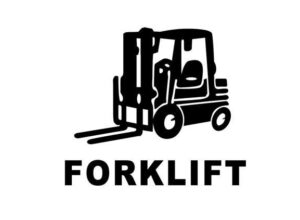A forklift is considered unattended under specific circumstances that are crucial for maintaining workplace safety. According to OSHA (Occupational Safety and Health Administration) guidelines, a forklift is deemed unattended when the operator is not within a safe distance from the vehicle, typically defined as 25 feet or more. This distance may vary based on workplace policies or specific operational contexts.
Key indicators that define a forklift as unattended include:
1. **Operator Distance**: If the operator leaves the immediate vicinity of the forklift and is not in view, the forklift is classified as unattended. This is particularly important in busy environments where the risk of accidents increases if the operator is not present.
2. **Engine and Controls**: The forklift must be turned off, and the controls should not be engaged. This means the ignition is off, and the forks are not elevated. Leaving the engine running while the operator is away can pose significant hazards, such as accidental movement or tip-over.
3. **Load Stability**: If the forklift is carrying a load, it should be placed on a stable surface, and the forks must be lowered to the ground. An elevated load can create instability and increase the risk of accidents.
4. **Parking Brake**: The parking brake should be applied whenever the forklift is left unattended. This prevents the vehicle from rolling, especially on inclines or uneven surfaces.
5. **Safety Guidelines**: Employers should establish clear safety protocols regarding unattended forklifts, which may include training for operators and regular safety audits.
Understanding when a forklift is considered unattended is vital for preventing accidents and ensuring a safe working environment. Adhering to these guidelines not only protects operators but also safeguards other workers in the vicinity.



